 AD
AD
Today is: November 21
Scroll to explore events active on this date.
Additional Events on LEEP
LEEP INK FEATURES

August? Absolutely!
In August, we live through the Dog Days of Summer. It's hot and often humid, and those who can leave for better climates do. Down south, winter is in full force. August is also known as "the ...

In The Heat of July: July 2025 Events
Is it hot enough (or cold enough if you're below the equator) for you yet? There is actually a day for that! Like every month, I pick a diverse collection of events you may or may not know about. This ...

May Blooms: Events in May 2025
Along with October, May is one of the most densely packed months of the year. It's before the summer humidity and the last whole month of the school year. The weather is warming in t...
About Food Stamps Day
Health , Civil Rights
Politics , United States
Ends: Sep 11, 2022
DESCRIPTION:
It is a common misconception that the US Food Stamps Program for low-income Americans came about during the New Deal of the Roosevelt era. It took longer.
A congressional bill created the program on September 11, 1959, making surplus food available to people. The Eisenhower administration signed the two-year experiment into law on September 21, 1959. However, the program was not implemented. It would take an Executive Order from President John F. Kennedy to get the ball rolling by creating stamps and removing the requirement that food comes from national surplus reserves. Finally, the Johnson administration, in 1964, would make it a permanent US Government program and expand it to 40 countries struggling with food insecurity overseas.
Today this program is referred to as SNAP (Supplemental Nutrition Assistance Program) and is primarily administered by private contractors through the Department of Agriculture.
VIDEOS
Currently, this event does not have supporting videos.
SUPPORTING DOCUMENTS
Currently, this event does not have supporting documents.
ADDITIONAL IMAGES
Currently, this event does not have supporting images.
Where would you like to go now?
 AD
AD













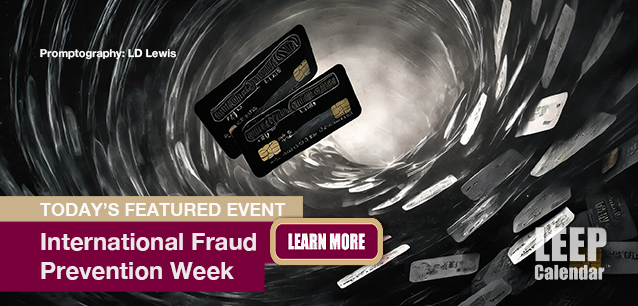

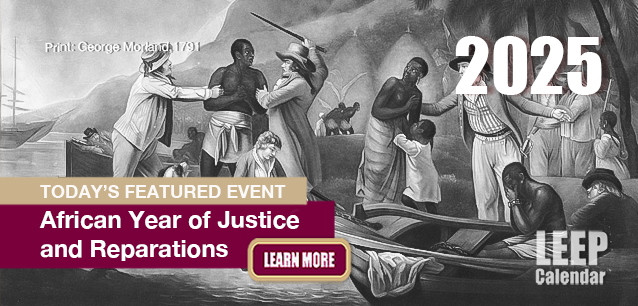









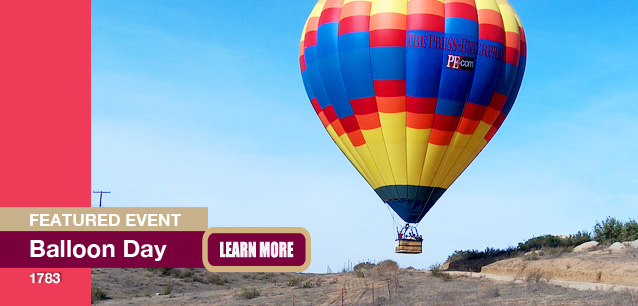











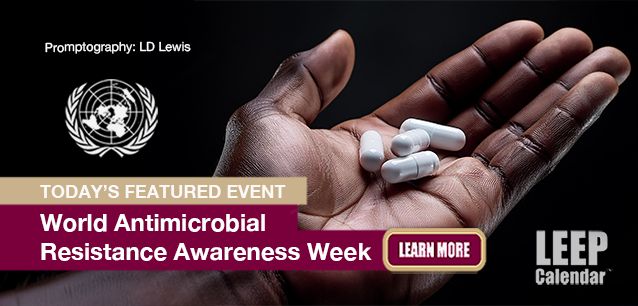


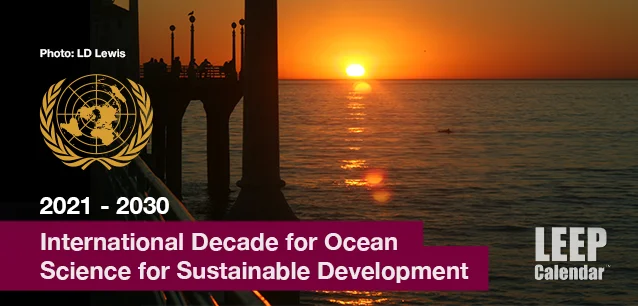

























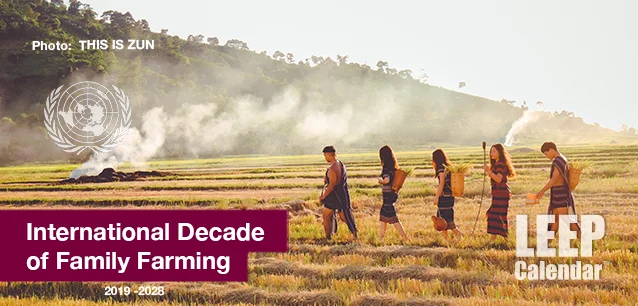
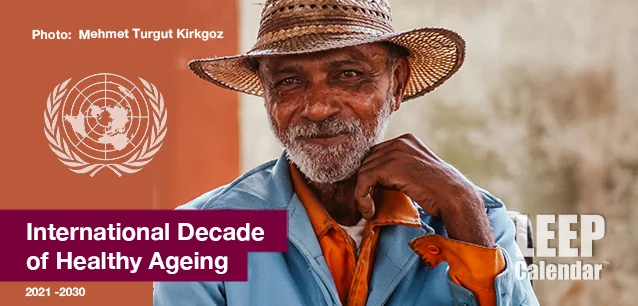


/footer-logo.svg)
